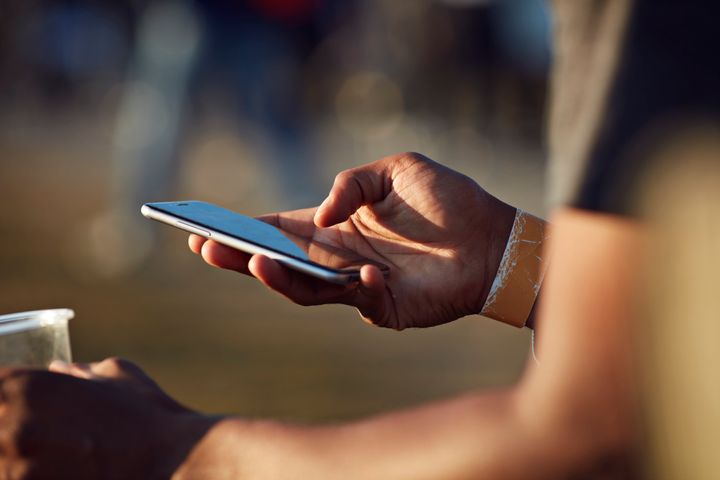Finding out how healthy your heart is could now be as simple a process as opening a smartphone app.
With over 7 million people in the UK suffering from some form of cardiovascular disease, monitoring the health of your heart is at present a time consuming task that involves a 45 minute procedure in a hospital.
Researchers at Caltech, Huntington Medical Research Institute have shown however that modern smartphones could now replace that process.

How it does this is actually pretty incredible.
The app utilises the smartphone’s camera to literally measure the movement of the skin on the neck as blood passes through the carotid artery.
What they’re measuring is something known as the left ventricular ejection fraction (LVEF). When the heart is healthy the LVEF ranges from 50 to 70 percent. However a weaker heart is unable to pump as much blood, so the LVEF value is much much lower.
LVEF is a key measure of a person’s heart health so the implications for making this test quick and easy are huge.
The team have already made incredible progress.
“In a surprisingly short period of time, we were able to move from invention to the collection of validating clinical data,” says Caltech’s Mory Gharib (PhD ’83), senior author of a paper on the study.
With a proven clinical trial under their belt, the team have now founded a startup called Avicena which has licensed the technology and the team are hoping to market the app as soon as possible.
To test their app the team conducted trials with 72 people between the ages of 20 and 92 at an outpatient magnetic resonance imaging facility. MRI is considered the best way to measure a person’s LVEF but it’s seldom used thanks to its high cost and low availability.
Instead an LVEF reading usually taken through a process called echocardiography. This procedure is not without its drawbacks too as it requires not only a trained ultrasound technician but can also take upwards of 45 minutes.
To see if their app could be as accurate as the echocardiography doctors at the MRI facility held iPhones up against the necks of the volunteers and took an LVEF reading. They then had another LVEF reading taken in the MRI machine.
The results were impressive. Overall the iPhone was able to produce results with a margin of error of +/- 19%. The accepted margin of error for an echocardiography is +/- 20%.
“This has the potential to revolutionize how doctors and patients can screen for and monitor heart disease both in the U.S. and the developing world,” Gharib says.
